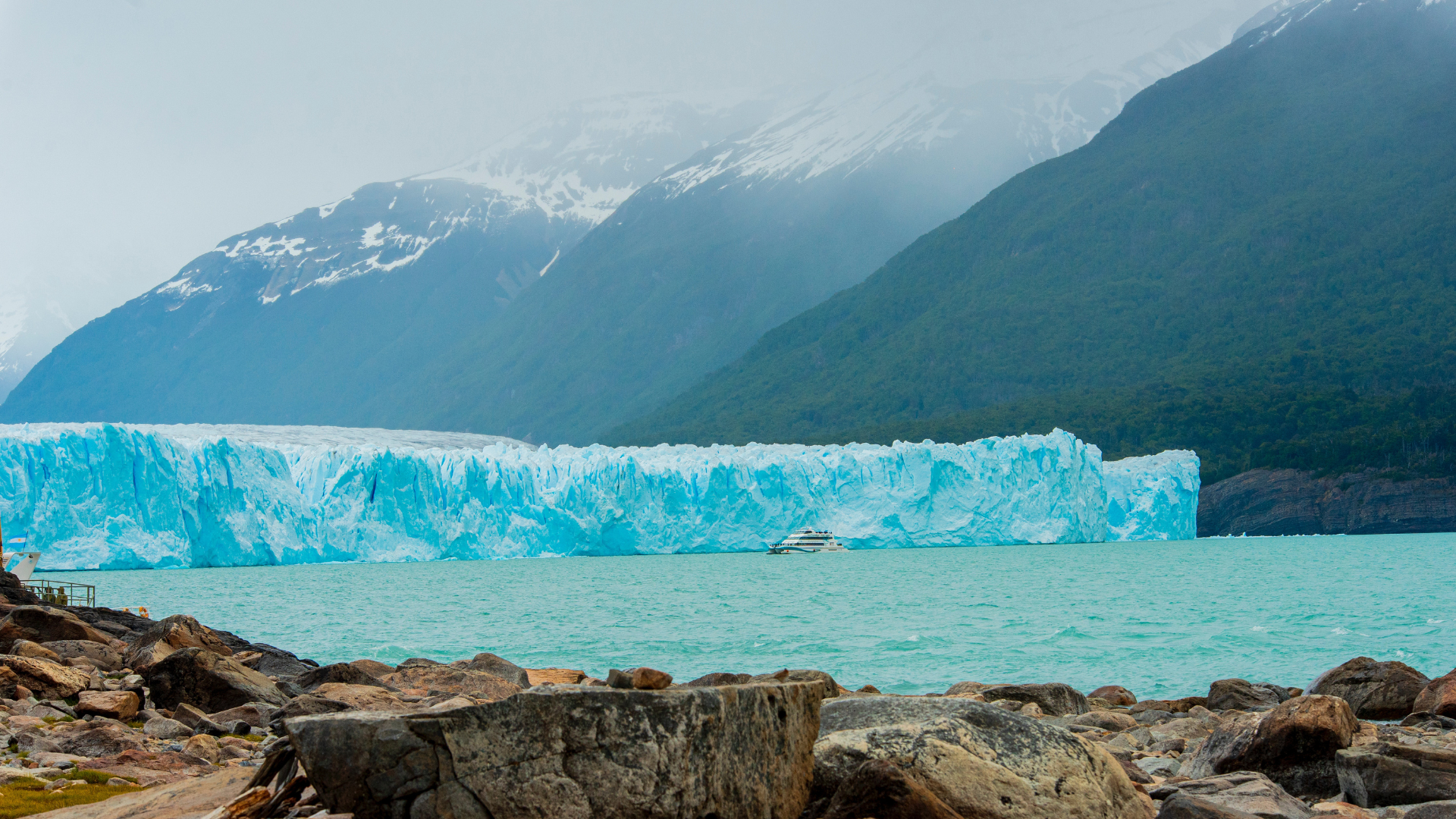The dark zone of the ice
Researchers have found microbial communities in the inner part of the ice, called the "dark zone." Different types of microorganisms can be found in the Greenland ice, including bacteria, archaea, fungi, and viruses. These microorganisms form complex communities and adapt to different locations within the ice. Some microorganisms produce pigments that protect them from the harmful UV radiation from sunlight.
Black algae
One example of these microorganisms is small black algae. These algae live on the ice and are constantly exposed to sunlight and radiation. To protect themselves, they produce a lot of black pigment. When this pigment absorbs sunlight, it generates heat. This heat melts the ice around the algae. It is beneficial for the algae because they need water and nutrients from the ice to survive. However, the pigment also contributes to the faster melting of the ice, speeding up the process by about 20 percent. Researchers are currently trying to find out if the growth of algae can be somehow slowed down to prevent the ice caps from melting faster.
Alien microorganisms?
Scientists study these microorganisms in the ice to learn more about climate change. NASA, the space agency, is also interested in studying microbial life in icy environments, both on Earth and in the search for life on other planets. Liquid water has not been found on other planets in our solar system (yet), but there is a lot of ice present. By studying microorganisms in ice, NASA hopes to learn more about forms of life that can survive in extreme conditions. This research can help us understand if there might be life on icy moons of Jupiter and Saturn, for example.
The microorganisms in the Greenland ice may have similar characteristics to those that may exist on the icy moons. NASA wants to know how these microorganisms can survive in the Greenland ice, what kind of food they need, and how the icy ecosystem they are part of functions. This research can help us explore the possibilities of life in the universe and prepare for future space missions.

